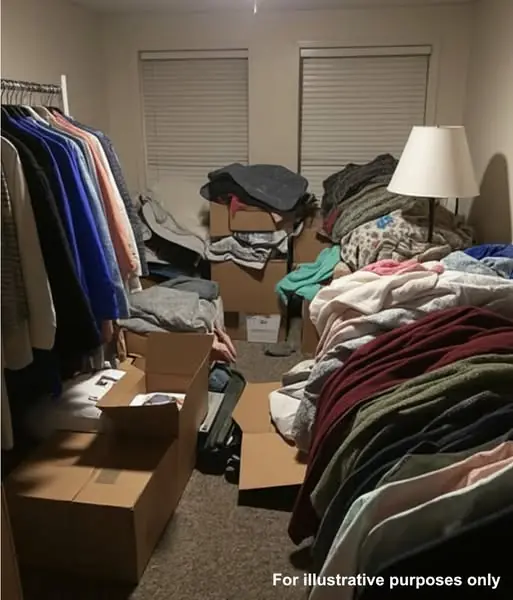
Do You Need to Unplug Your Rice Cooker After the Rice Is Done?
Using a rice cooker properly not only gives you perfectly cooked rice but also helps extend the life of the appliance and save energy. But a common question remains: Should you unplug the rice cooker once the rice has finished cooking?
Why It Matters
Rice cookers are everyday kitchen appliances in many homes, yet not everyone uses them efficiently. Whether you should unplug the rice cooker after the rice is done depends largely on your household’s needs and priorities. Some families value keeping rice hot for multiple meals, while others focus more on energy savings and appliance longevity.
How a Rice Cooker Works
When you start cooking, the rice cooker enters the “cook” mode. The heating element works at full power to bring water and rice to a boil and cook the grains thoroughly. Once the cooker detects that the water is gone or the temperature has risen past a threshold, it switches into “warm” or “keep-warm” mode, where it maintains the rice at a safe temperature without overcooking.
In the keep-warm mode, the power usage drops significantly because the cooker is no longer actively boiling but simply holding heat and preventing the rice from cooling down. According to one guide, many rice cookers consume about 30–45 watts during the keep-warm state, compared to several hundred watts during the cooking phase. Crompton+2iso80369testingequipment.com+2
When It’s Fine to Leave It Plugged In
If your household requires rice to be available for multiple meals or someone will eat later, then leaving the rice cooker on keep-warm makes sense:
-
The rice remains soft, warm, and immediately ready to serve.
-
Especially in humid, tropical climates where rice can spoil or dry out quickly, the keep-warm feature helps maintain quality.
-
Many modern cookers are designed for safe, continuous keep-warm operation with minimal energy draw. iso80369testingequipment.com+1
When You Should Unplug It
If you’ve cooked rice and will not consume it immediately (or will not be reheating it for many hours), then unplugging the cooker is advisable:
-
After the meals are done and no more rice will be needed, unplugging saves electricity (no standby or “phantom” power draw). According to energy-saving data, unplugging idle devices can meaningfully reduce household energy consumption. learn.gexaenergy.com+1
-
Safety and appliance lifespan: Some older or lower-end rice cookers may be at greater risk if left continuously on keep-warm for very long periods (e.g., over 8–12 hours). The bottom of the pot may dry out, the base may degrade, and there could be overheating issues.
-
If you’re done eating or you plan to refrigerate leftover rice instead of keeping warm, then unplugging is the better choice.
Practical Guidelines
Here are some practical guidelines you can follow:
-
Unplug the cooker when you’ve finished consuming all the rice and won’t need the keep-warm mode anymore.
-
Use keep-warm mode when you’ll eat in the next few hours, especially if meal times are staggered.
-
Limit the time that a rice cooker remains on keep-warm: many sources recommend avoiding leaving it in keep-warm mode for more than ~8–10 hours to avoid quality degradation.
-
Clean and maintain the rice cooker regularly (inner pot, lid, heating plate) so that it heats efficiently and doesn’t waste energy or reduce lifespan. songyundianqi.com+1
-
Consider size and efficiency: If you cook small amounts of rice but use a large cooker, energy usage during keep-warm may be less efficient. Choosing the right size and model helps. energysurge.biz+1
Summary
In short: you don’t always have to unplug your rice cooker right after cooking, but doing so when you no longer need the keep-warm function is a smart move for both safety and energy savings. If your household benefits from keeping rice warm for later consumption, then leaving it in keep-warm mode is fine—just be aware of time limits and maintenance.
News in the same category


5 Warning Signs of Fish Preserved with Urea – Don’t Take It Home Even If It’s Free
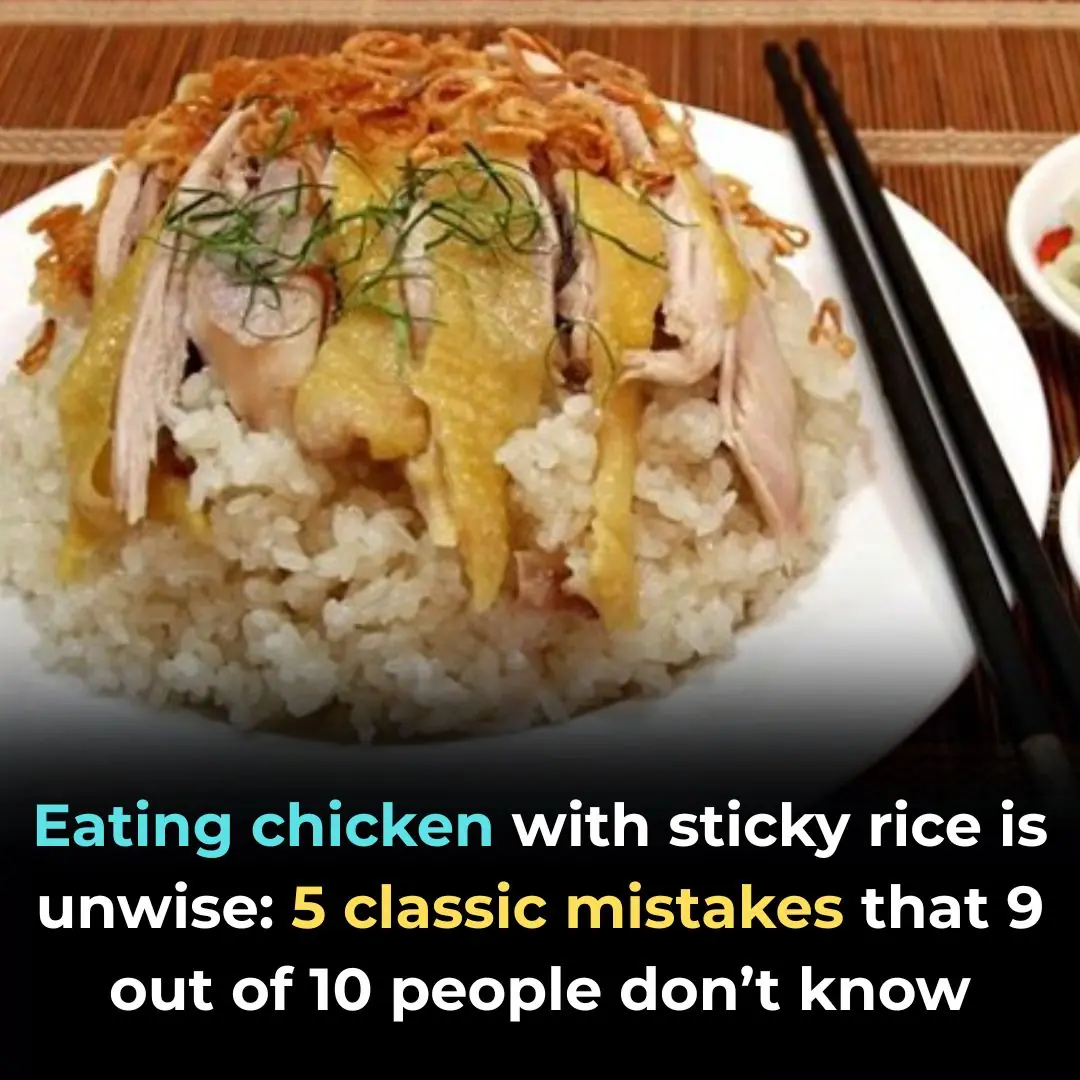
Eating Chicken with Sticky Rice Is a Mistake: 5 Classic Food-Combining Errors That 9 out of 10 People Don’t Know

Three Optimal Times to Drink Perilla Leaf (Lá Tía Tô) Tea—And Most People Don’t Know Them
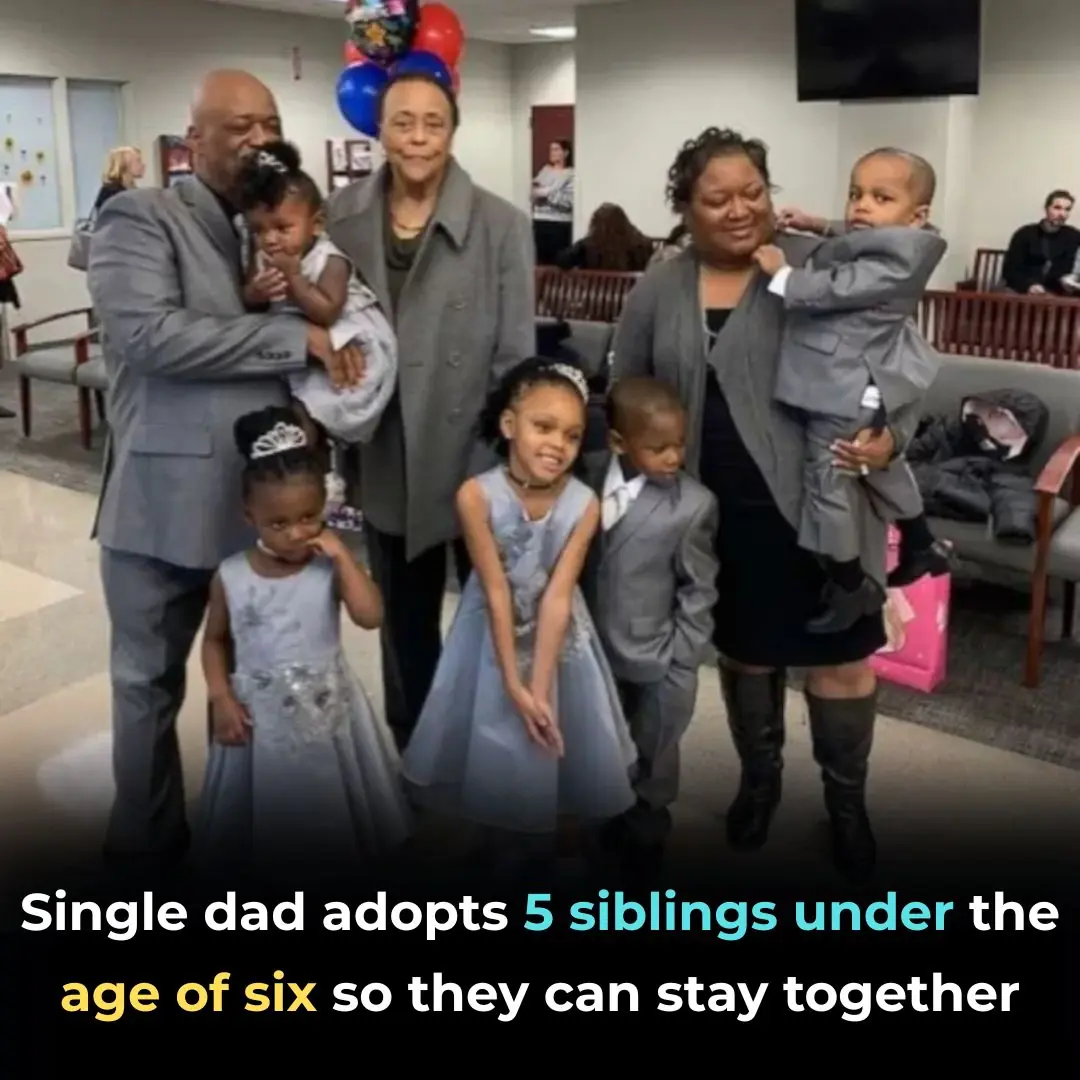
Single Dad Adopts 5 Siblings Under The Age Of Six So They Can Stay Together

21 Year Old Hotel Employee Who Managed 90 Guests Alone During Tropical Storm Is Gifted New Car

Texas Southern University Debate Team Wins 5th World Championship Title

Meet Faith Couch, the Photographer Transforming the Way We See Black Love

People mind-blown by futuristic 'doll house' neighborhood in China home to over 1,000 units

Incredible story of teen who survived 49 days lost at sea on floating fish trap

YouTuber uncovers hidden city under water that's been missing for almost 100 years

'Zombie' volcano believed to be extinct for 710,000 years now showing signs of life

The Secret to Perfectly Sweet and Fluffy Boiled Sweet Potatoes: Add Just One Spoon of This!
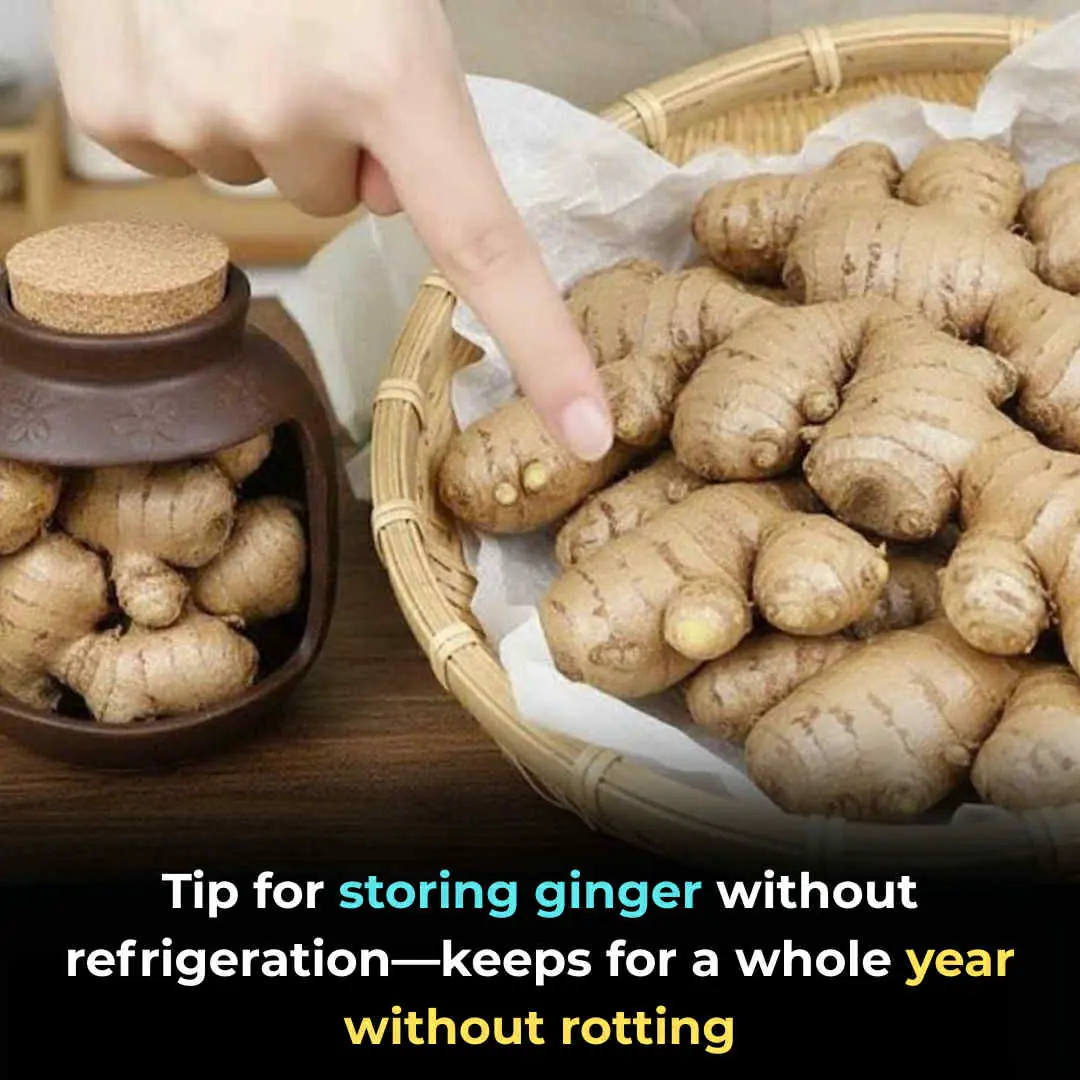
How to Store Fresh Ginger for Up to a Year — No Fridge Needed!

Instead of Spending 20k on a Wedding, This Family Decided to Travel the World

7-Eleven Contributes to College Fund for Baby Born on 7-11 at 7:11, Weighing 7lbs 11oz

Meet Danielle A. Scruggs, the Photographer Amplifying Everyday Black Life Through Digital Archives

Meet Rochelle Brock, the Photographer Expanding Representation in Fashion and Beauty
News Post

San Antonio Bids Farewell to Its Brightest Little Star

Champ the Two-Legged Chihuahua: A Tiny Hero Who Saved His Owner’s Life

When Dolphins Became Guardians: The Day Four Swimmers Were Saved from a Great White

KEVIN’S MIRACLE: A LITTLE BOY’S COURAGE AND A FAMILY’S UNBREAKABLE HOPE 💛🎗️
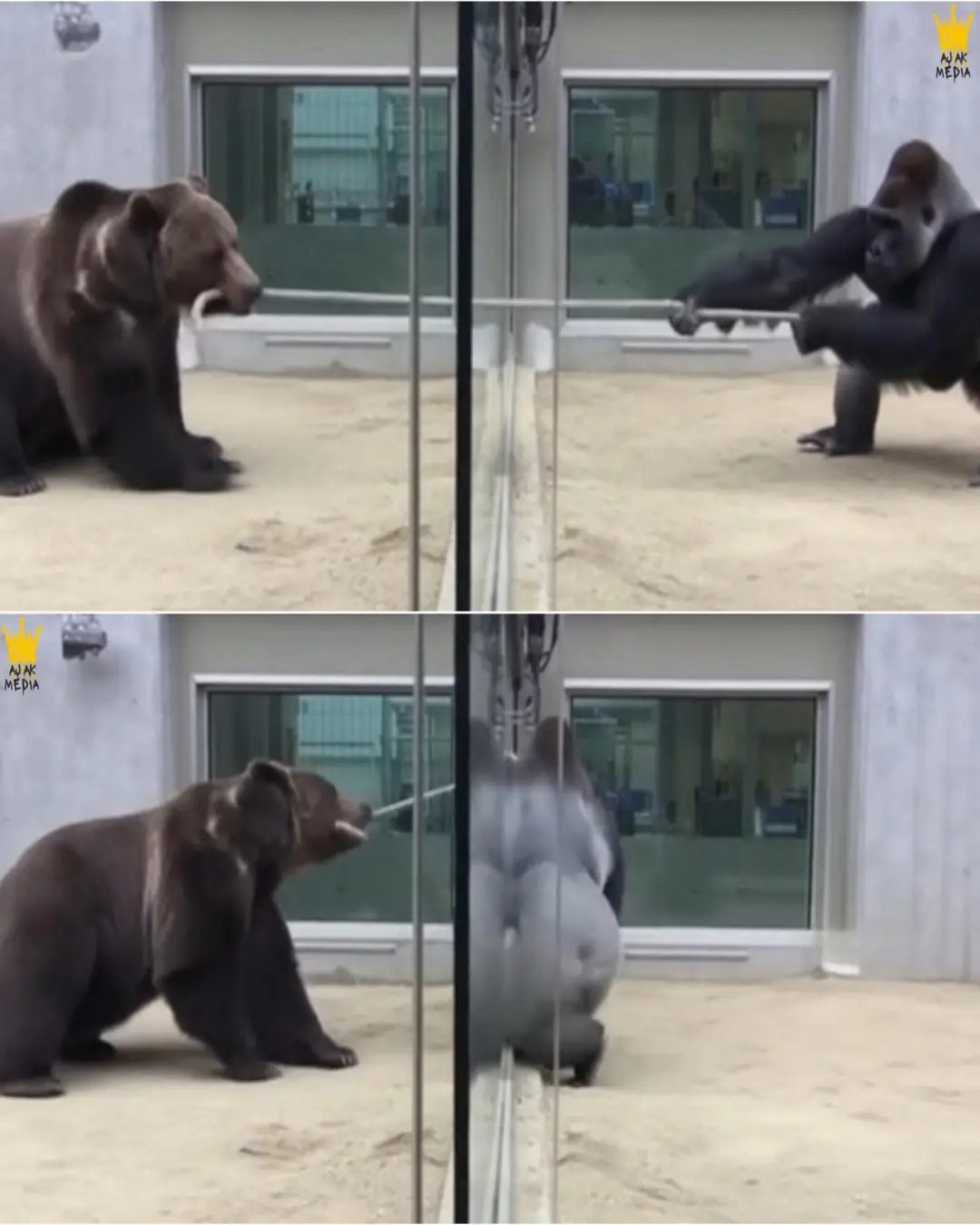
Illegal Zoo in Singapore Exposed as Hub for Underground Betting Ring

A Mother’s Desperate Plea: Help Save Milena’s Life Before It’s Too Late

What Happens to Your Body When You Stop Eating

The #1 Drink to Prevent Foamy Urine — Plus 7 More Your Kidneys Will Thank You For

The #1 Most Effective Remedy for Dental Plaque (And How to Beat Tartar at Home)

JUST 1 CUP FLUSHES POUNDS OF TOXIC WASTE

Just 2 Nuts a Day Can Support Your Thyroid, Help With Weight Loss, and Balance Blood Sugar
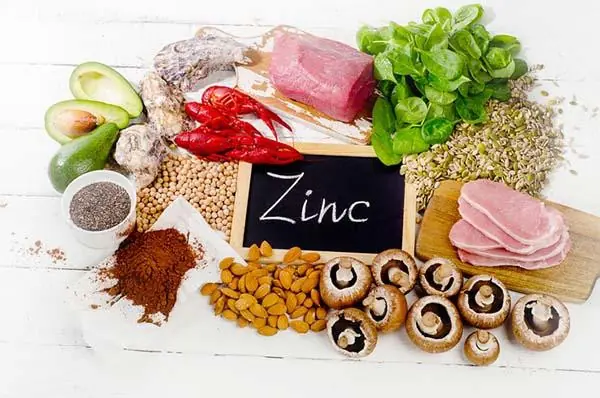
Zinc Deficiency Triggers Inflammation in Your Body — Here’s What to Eat to Fix It
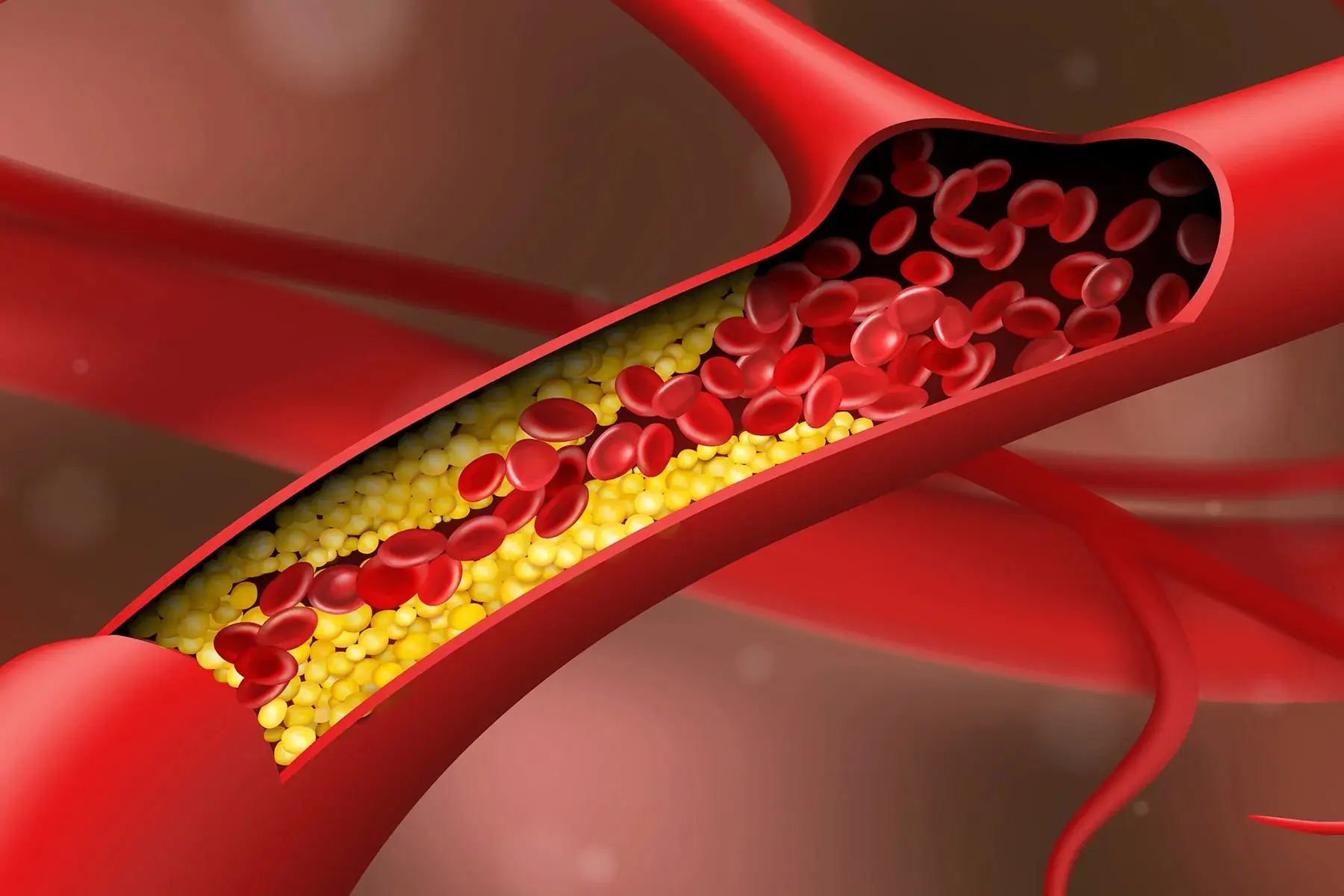
CLEANSE CLOGGED ARTERIES WITHOUT MEDICATION
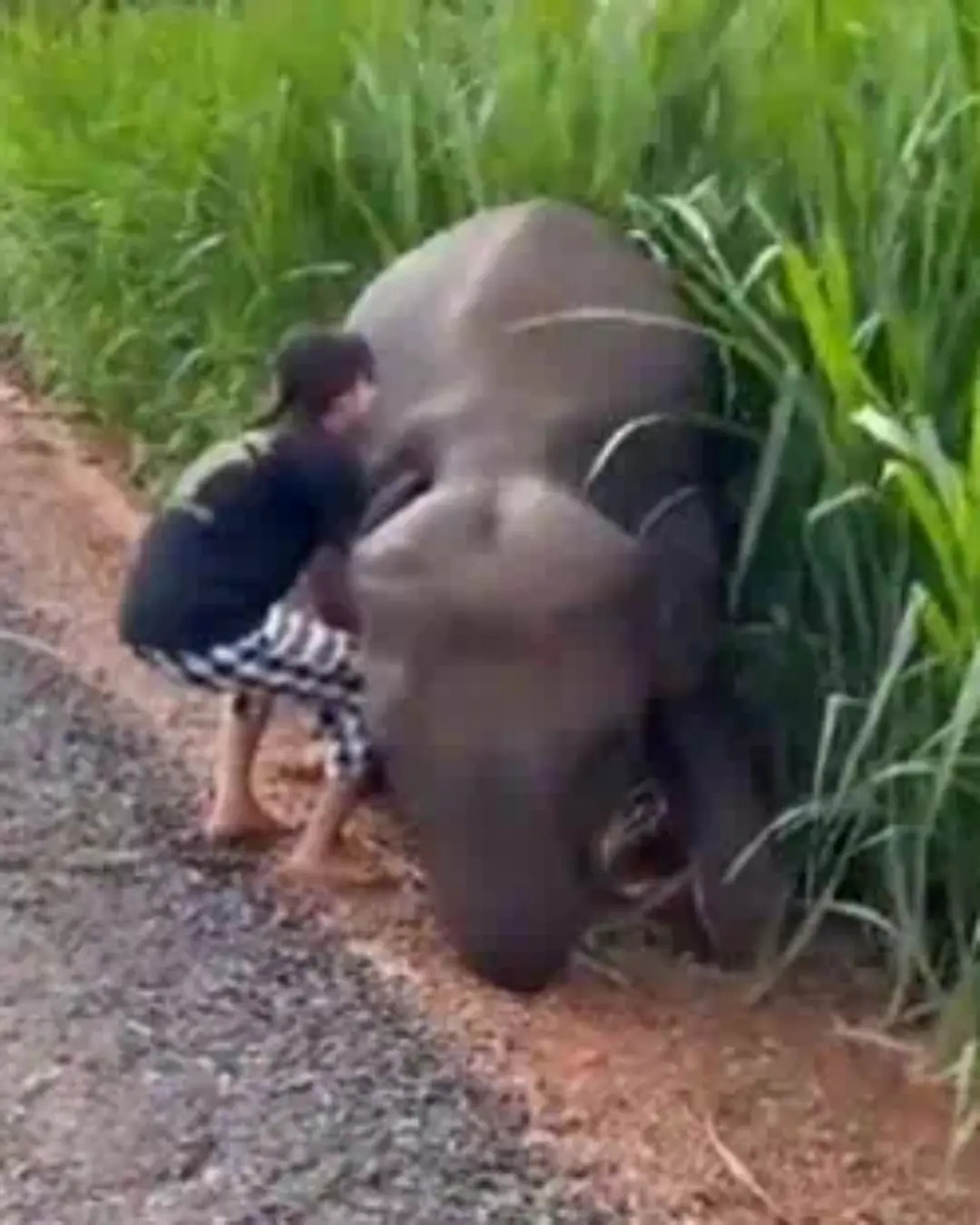
The Woman Who Pulled Hope from the Mud.
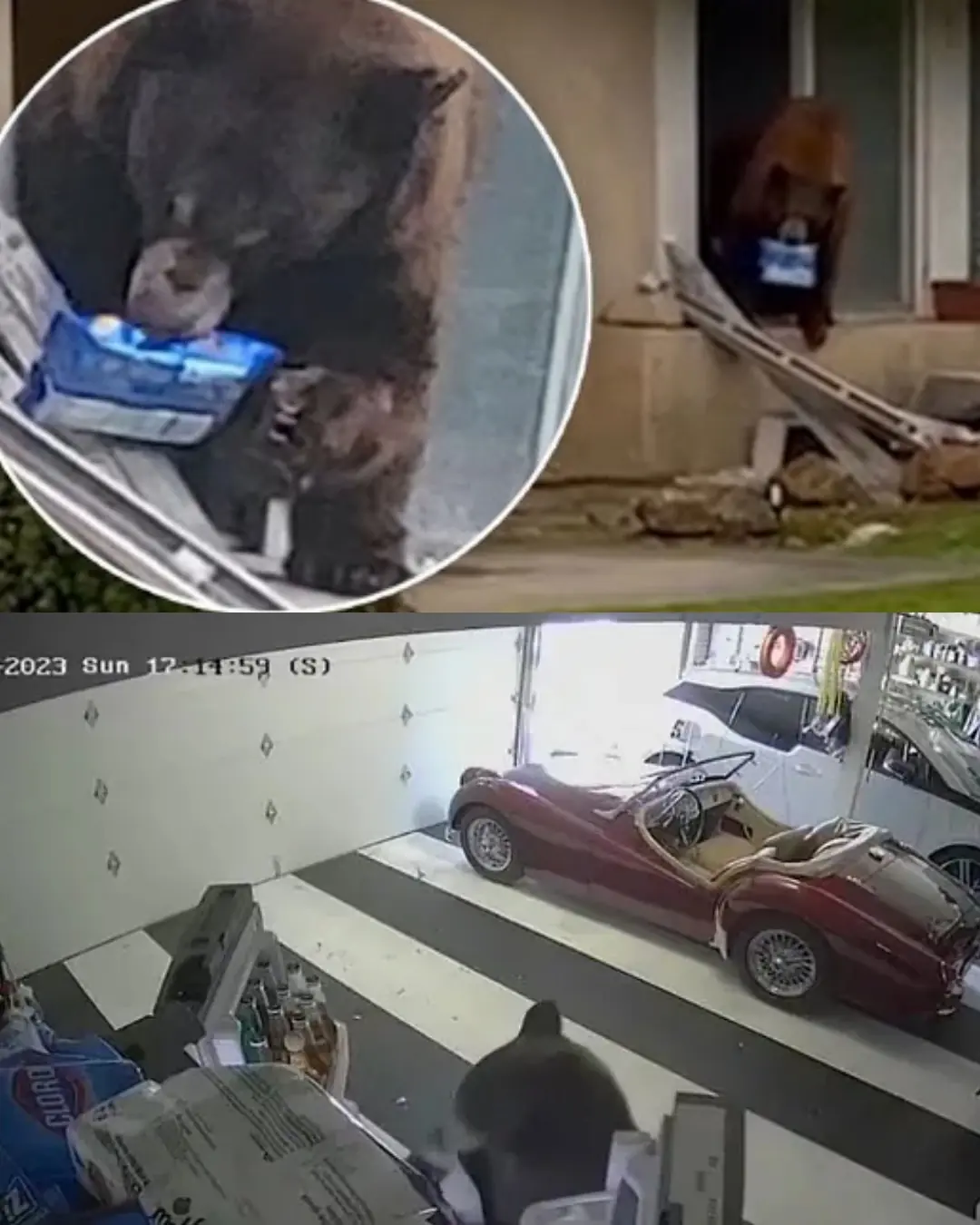
Oreo the Cookie-Loving Bear of Monrovia.

The Last Act of Love: Jaelen Green’s Heroic Promise
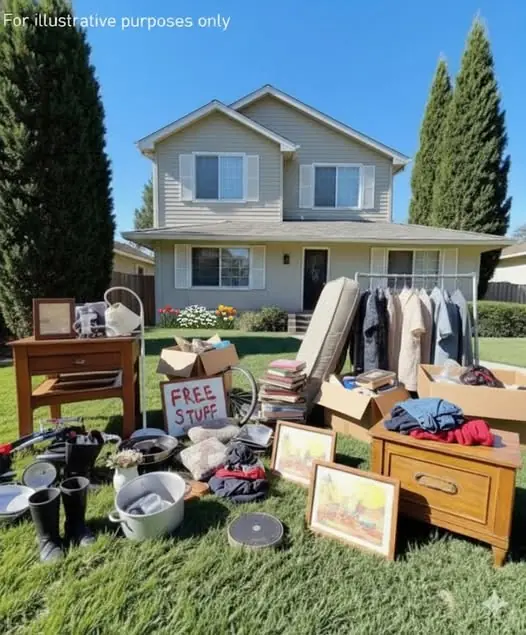
I Came Home to Find All My Furniture Tossed on the Lawn for Free – And Found the Perfect Way to Get Back at My

Help Little Maja Win Her Fight for Life
7 Benefits of Corn Silk and How to Use It
